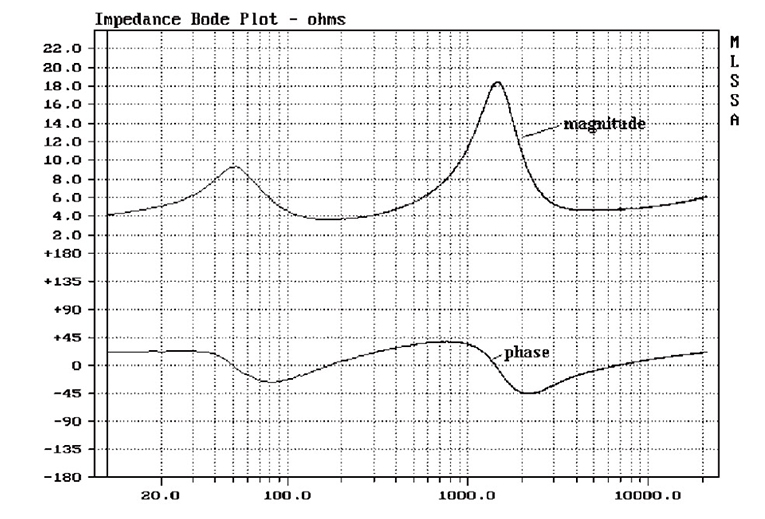I’ve seen many definitions of a Transmission Line Speaker.
Some show the Driver at one end of the pipe, however this could more accurately be classed a rear-horn loaded design, especially if it flares to a larger Cross Sectional Area at the mouth.
Placing the Driver along the Length of the pipe is more akin to what a TL design is (as I’ve learned it). This is much more common to a Pipe Organ style Gedakt Pipe. Where the Driver is placed affects the loading of it and the resulting acoustic performance.
With the work of King and Augspurger, it seems to be more largely agreed upon that the Driver be placed at a point about 1/3 the length of the 1/4 wave tuning for the driver being used. This placement dampens the most destructive odd order harmonic (3rd). (I have seen some references that a second matching driver should be placed at 1/5 the length of the line to dampen the next most destructive harmonic inside the line, but this seems somewhat at odds with some experts experience in designing multi-Driver lines.)
Such Transmission Line “pipes” can be straight (with a constant CSA for the full length), flared (closed with a smaller CSA at the closed end and larger CSA at the Terminus), or tapered (larger CSA at the closed end and narrowing to a smaller CSA at the Terminus).
It also seems to be largely agreed that a Tapered line performs better, acoustically, that the straight or flared lines. By "better," we are talking about smoother FR and dampened harmonics in the line itself. (There have also been some resources touting such benefits as lower tuning frequency or higher output for certain "shapes" of the line, but this too cannot be backed up with any actual evidence I've found.)
One other version of the TL is Mass Loaded which relies on a restricted terminus at the end of the line. One person I have discussed this with claims he gets better performance from MLTLs than he does TQWTs. (I will consider this person an expert in that he does design fully operational Speakers currently sold on the market by a couple "boutique " ID companies.)
Other aspects affecting performance of a TL Speaker are the ratio of the Flare or Taper, the size of the CSA of the line, the volume of the line, and the "effective length" vs the "actual length" of the line. Another characteristic of a properly executed TL Speaker is that the first two thirds of the length will be Damped at a moderately heavy level. Folding the line also helps control some of the unwanted internal resonances.
Proper TL loading will also have a unique Impedance characteristic. For example, here is a MLTL measured impedance graph alongside the impedance model:
And this is the Impedance plot of the THOR TL Speaker:
One famous design with a permutation is the Voigt Pipe and the Weems design. The Voigt Pipe is a flared TL with a closed CSA of 0 and a driver placement at 1/2 the length of the line. It is commonly seen not folded. Voigt himself deemed this a poor design and never intended for it to be used.
The Weems version of the Voigt Pipe introduced a closed end CSA >0, folded the line and also changed the Driver placement to less than 1/2 the line length.
Sadly, proper TL design has been confused a lot. The two best sources are the Augspurger program and the King MathCad worksheets. Kings work is no longer available, while the Augspurger program can be downloaded. Moreover, there is a lot of misinformation out there, too, which makes understanding much more difficult. Not being a mathmetician or physicist seems to complicate the "understanding" much more. Many designs that may include a 1/4 wavelength tuning also get lumped into the category. Rear Horns and Lowther Horns, for example, as well as Speakers that sometimes get called Labyrinths.
Regardless, I've spent too much time trying to learn about TL designs.

My non-math/non-physicist self struggles with the complexities. As an owner of a MLTL, I can state unequivocally that there is indeed something special about a well designed TL Speaker. That I want to build my own, better suited to my desires, is my own personal madness.






